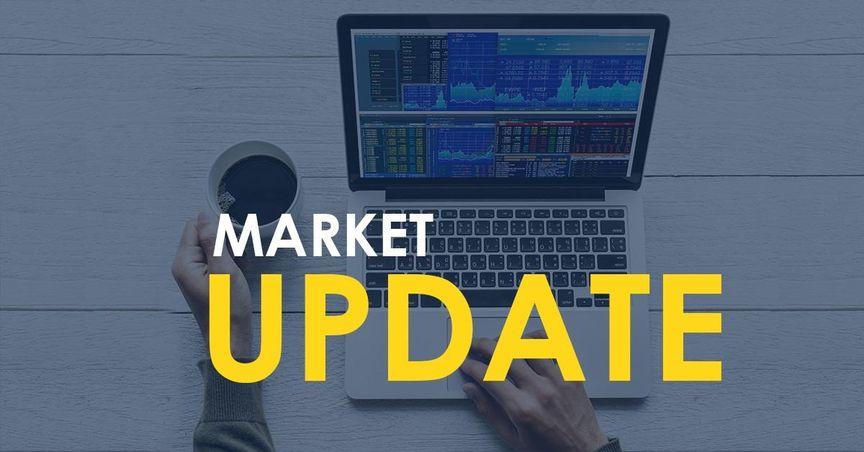Highlights
- Clean energy funding in 2024 surged, but unevenly spread across regions
- Africa sees private sector gains, but public finance has declined
- Critical mineral supply risks may impact long-term energy transition
In 2024, the world witnessed a landmark shift in energy funding, with investments in clean energy nearly doubling those directed toward fossil fuels, according to a report from the International Energy Agency (IEA). While this signals a powerful global commitment to sustainable energy, the distribution of these investments continues to highlight deep disparities between developed and developing economies.
Surge in Clean Energy Spending
The surge in clean energy investment has been driven by falling technology costs, heightened energy security awareness, and pressing climate goals. However, the concentration of capital remains primarily in advanced economies, leaving emerging markets like Africa and parts of Southeast Asia and Latin America with significant financing gaps.
African Landscape: Opportunities Shadowed by Funding Drops
Africa presents a paradox. Despite being a region of immense potential—with nearly 600 million people still lacking electricity access and close to a billion without clean cooking solutions—the continent's energy sector has seen a one-third decline in funding from public and development finance institutions over the past decade. This drop is largely attributed to reduced Chinese development funding.
At the same time, private equity and venture capital activity in Africa has more than doubled since 2019, channelling investments into decentralised energy, electric mobility, and energy access-focused startups. Companies like South Africa-based BBE Group (JSE:BBE) have made strides in advancing off-grid and clean cooking technologies.
Southeast Asia and Latin America: Growth with Conditions
Southeast Asia’s energy demand has soared by over 35% since 2014, and the region now allocates nearly half of its energy investment to clean technologies. The area is rapidly emerging as a significant player in solar photovoltaic (PV) systems and the supply chains of critical minerals such as cobalt, nickel, and rare earth elements—resources essential for battery technologies and renewables. For instance, Indonesia’s mining giant PT Aneka Tambang (IDX:ANTM) is strategically positioned in nickel production.
Similarly, Latin America has experienced a 25% growth in clean energy investment over the past decade. Yet the IEA notes that grid infrastructure investment must more than double to accommodate rising electricity demands.
Critical Minerals: A Fragile Foundation
The clean energy transition hinges heavily on access to critical minerals. The IEA’s Global Critical Minerals Outlook 2025 reveals mounting concern about over-reliance on a few countries for mineral supply, combined with rising export restrictions. This could threaten the stability of global supply chains essential to renewable technologies.
Companies involved in critical mineral extraction, like ASX200-listed Lynas Rare Earths (ASX:LYC), are expected to play a pivotal role. As one of the few major non-China-based rare earth producers, Lynas offers strategic value in diversifying supply chains.
ASX200's Role in the Energy Evolution
The growing focus on clean energy and critical minerals has spotlighted several players within the ASX200 stocks, Australia’s benchmark index. These include key contributors to the global clean tech ecosystem, providing both operational scale and strategic resource access.
As global funding patterns continue to evolve, bridging the gap between developed and developing markets, alongside securing critical mineral supply, will be crucial to meeting energy transition goals.




_02_05_2025_05_53_40_418159.jpg)
